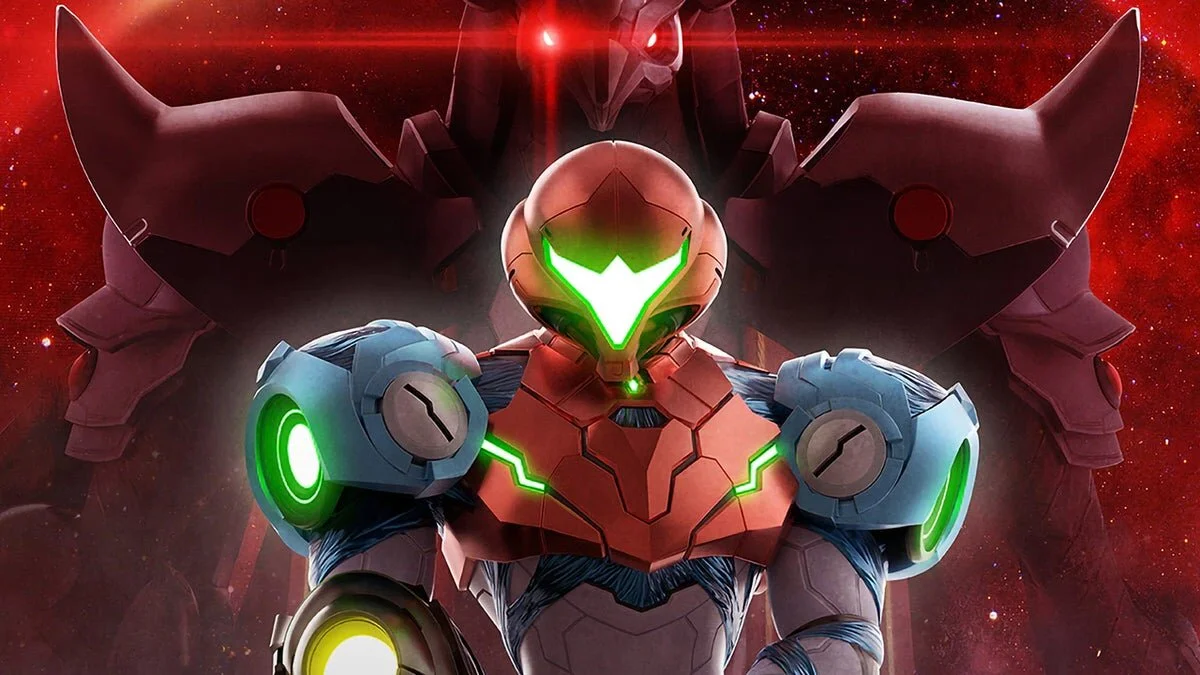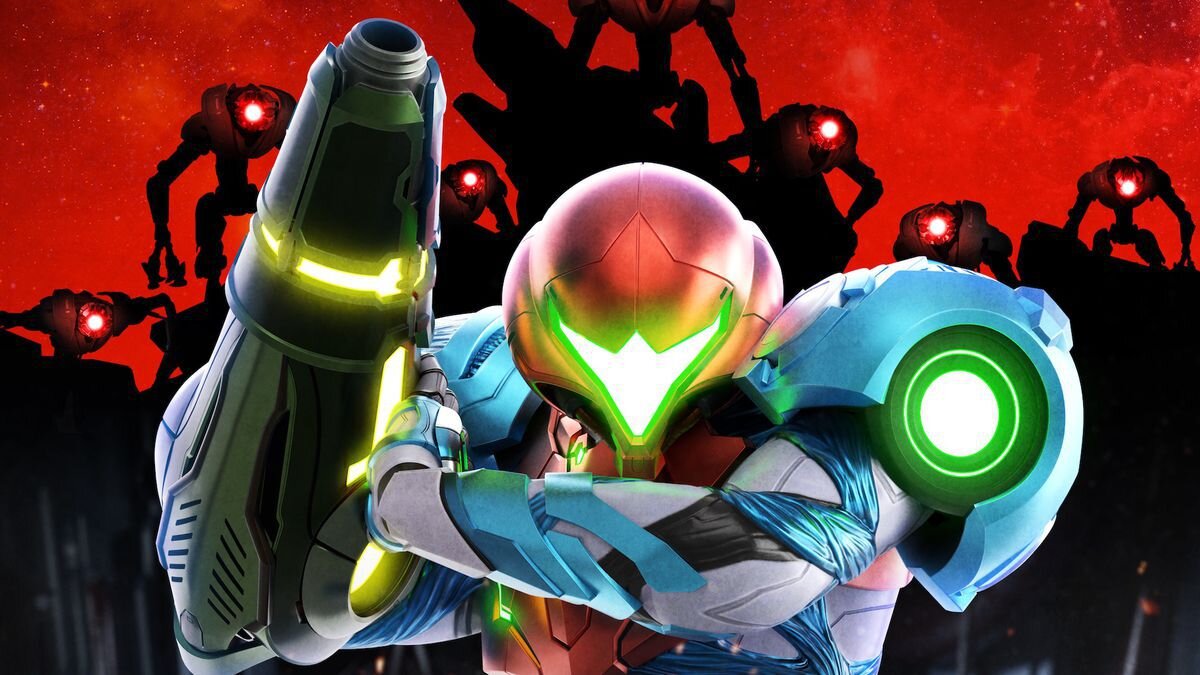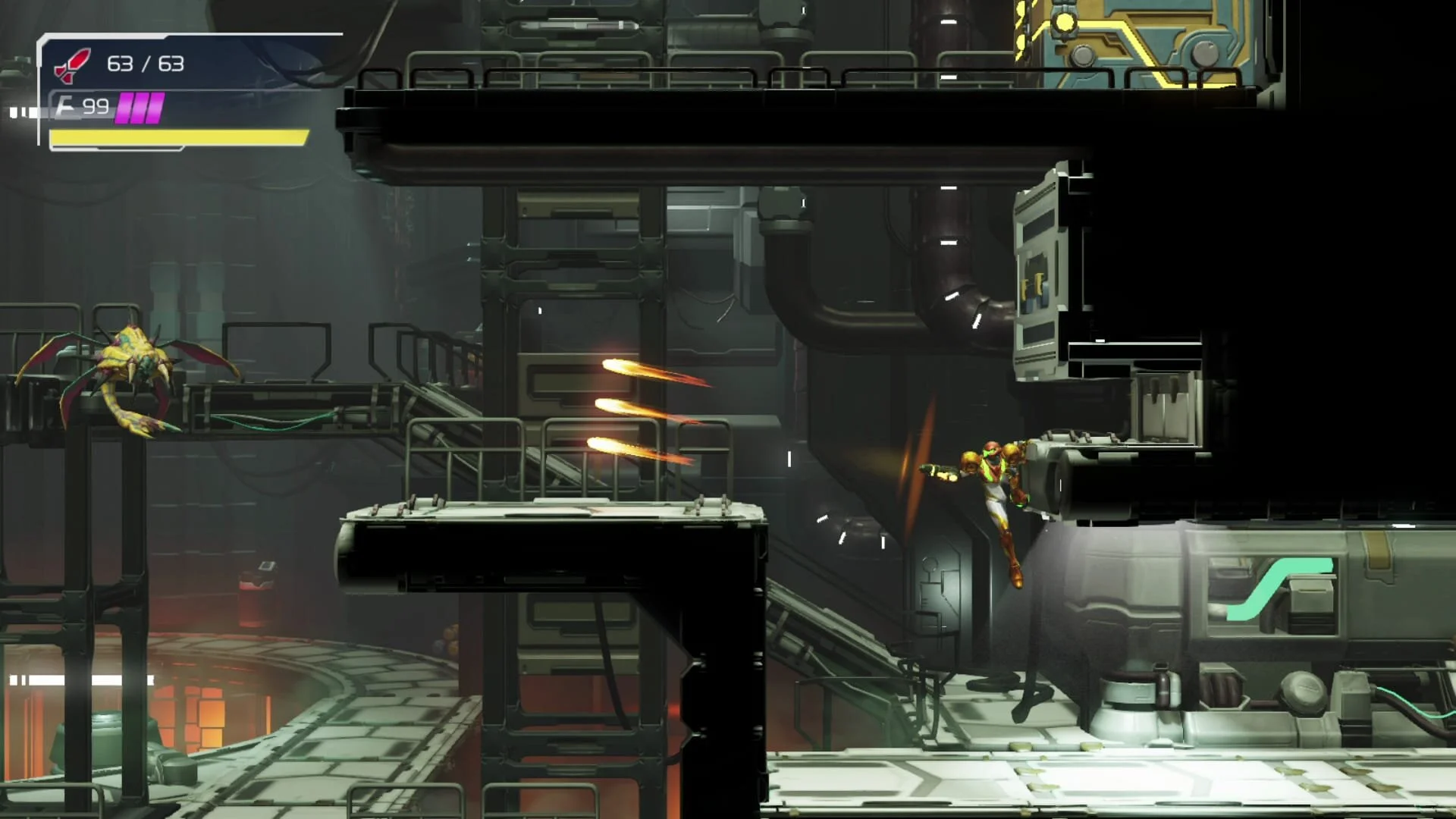Author: Rich Meister
It’s been almost twenty years since Metroid Fusion, our last mainline 2D Metroid game and somehow Metroid Dread seems worth the wait. Dread was first announced back in 2005 and then disappeared for a very long time only to reemerge this year just a few months before launching. Somehow despite over a decade in development hell, Metroid Dread delivers. It brings the same exploration and excellent boss design that we’ve come to expect from the series, all while bringing the journey Samus has been on since the original NES game to a satisfying conclusion.
Metroid Dread(Nintendo Switch)
Developer: MercurySteam, Nintendo
Publisher: Nintendo
Released: October 8, 2021
MSRP: $59.99
Metroid Dread follows Samus to the planet ZDR after barely surviving her encounter with the X parasite in Fusion, surviving only because of her Metroid DNA. Our heroine is dispatched to check the planet for the parasite itself. A group of robot scouts called Extrapanetary Multiform Mobile Identifiers or E.M.M.I. for short was sent ahead, but contact has been completely lost. Upon arrival, Samus is attacked by a mysterious life form and awakens without most of her equipment in a subterranean area of the planet.
So begins our adventure! With the help of a computer AI, Samus must slowly gather back some of her old upgrades like the morph ball and gravity beam along with some new ones like a multi-missile attack and a cloaking device to survive.
Gameplay will be familiar to anyone who has picked up a Metroid title in the past. Explore the large map and backtrack using newfound abilities to progress. A big chunk of the difficulty that you’ll find a lot of people online upset about comes from the rather obtuse exploration. Admittedly, requiring you to basically run around shooting walls to find your next objective doesn’t scream clever design. Still, a factor of nostalgia and “Metroid games are always like this” mindset gives a lot of the weirder design choices a mental pass for myself and others.
There are many Metroidvania games on the market in 2021, and this is a return to the series that ushered in the genre. It doesn’t reinvent the wheel, but it does the core stuff spectacularly.
Combat and boss design feel tighter than ever. While they’re plenty challenging, the combination of perfect jumps and hitting melee counters ( a welcome return from the 3DS remake of Metroid II) make every boss fight up to the last feel tense and gratifying. That being said, while I didn’t have much issue with these fights, they’re another challenging aspect of the game.
An easy mode would’ve gone a long way to giving a wider breadth of players the help they needed to see Samus’ journey through to a conclusion. This was a lot of players’ first Metroid game; many of them didn’t expect gameplay this challenging from Nintendo.
Let’s talk about the E.M.M.I. these robots shake up the gameplay in Dread the most, but overall made me feel more annoyance than dread. These stalker enemies occupy specifics zones in the sprawling map and patrol them for Samus. They can take you out in a single attack and can only be taken off the field in specific circumstances. They’re meant to be a constant threat that you want to avoid like the plague, but Dread’s rather generous checkpointing has you spawn just outside their room if you die. I don’t advocate for overly punishing gameplay, but if one of these fuckers took me out, it was more like an annoying three-minute delay than a scary encounter. Though taking them out when the opportunity presents itself or succeeding at one of the incredibly tight counter windows that can be used to escape their grasp is immensely gratifying.
Level design is near the best the series has to over in terms of overall structure and ease of backtracking. Most of the zones do tend to blend together aesthetically, with a few sparse exceptions.
The soundtrack uses the same ambient style the series is known for, and while it sets a great tone, there aren’t any standout tracks, even if those boss encounters do go a bit harder than you’re prepared for.
The 2.5 art is a sight to behold and, to put it simply, is a more refined take on what we saw in Samus Returns of the 3DS. The new color palettes and designs on Samus’ suit are standout. I actually found myself missing the starting blue shoulder pads once I upgraded to the Varia suit.
The narrative is as clumsy and hard to follow as ever, but those familiar with the world and characters will find a gratifying conclusion to an almost thirty-year journey.
Verdict: Metroid Dread isn’t perfect, but it’s got it where it counts and manages to neatly tie up a Metroid plotline we never thought would see a neat conclusion. I don’t know where 2D Metroid goes from here, but I’m interested to see if Metroid Prime 4 learns anything from the masterclass in game design on display in Dread. This is a Switch must play.
Buy it
[This review is based on a retail build of the game purchased by the reviewer.]





